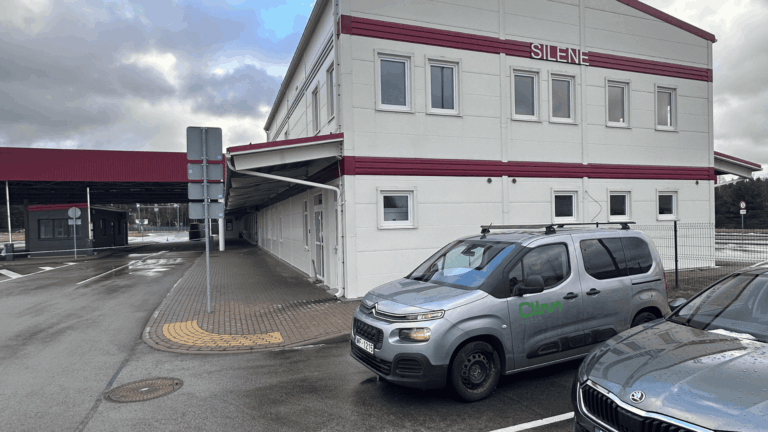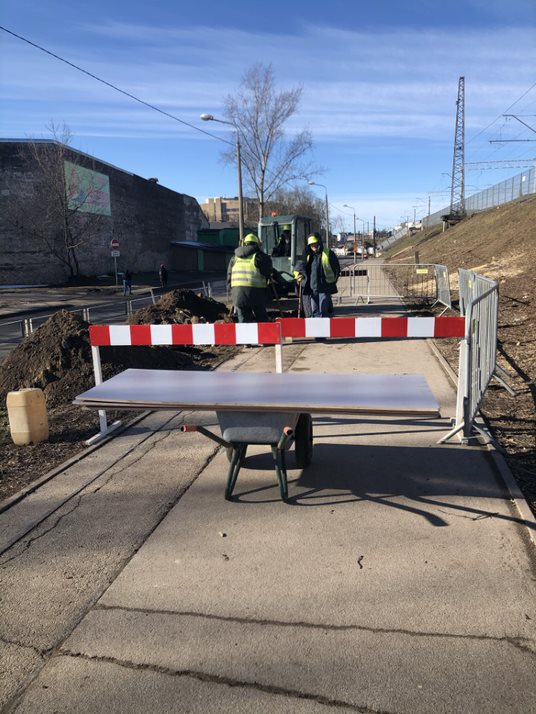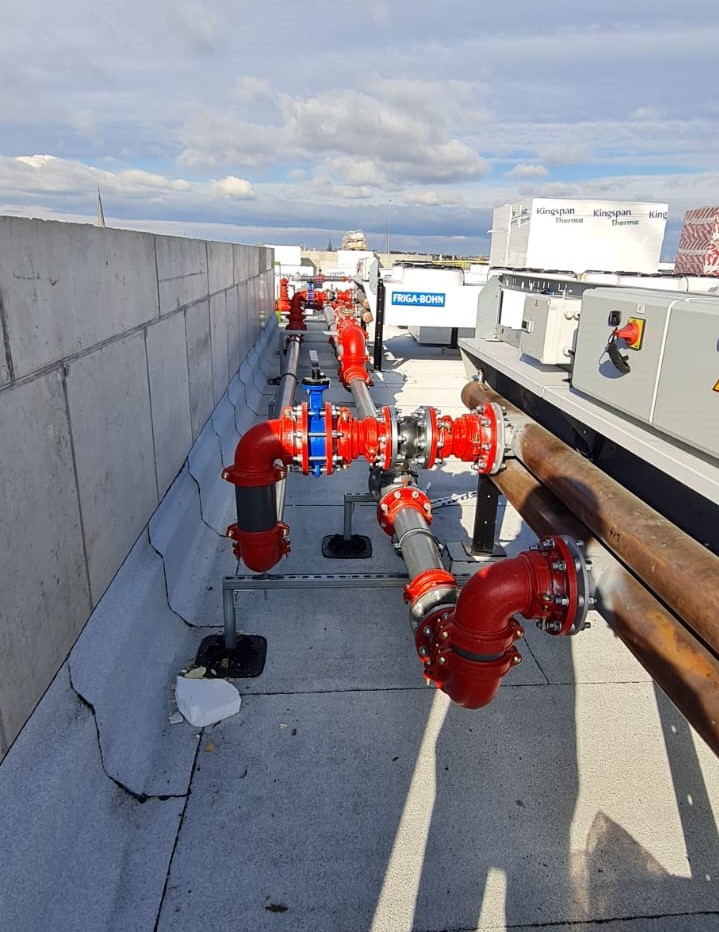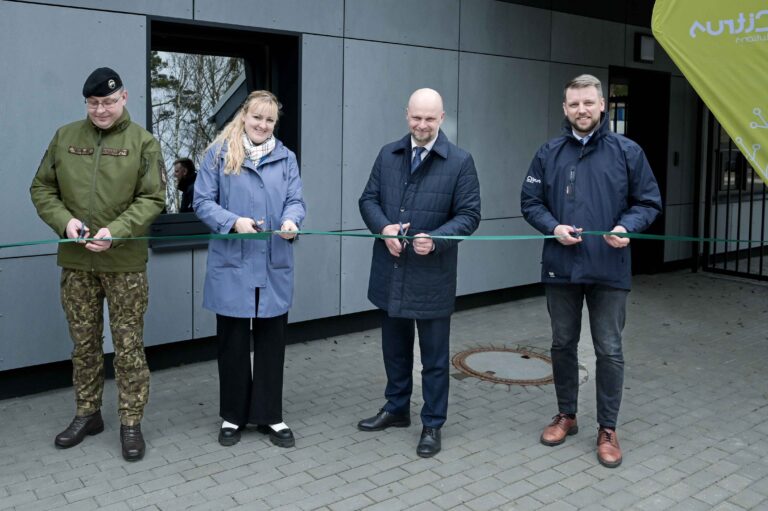Description:
Design, construction, and author supervision works for the automated technological border surveillance infrastructure for a 283.6 km section of the Latvia-Russia land border:
- In July 2024, two contracts were concluded for works on approximately 83 km of the border section (Stages 3 and 4) – implementation deadline: 05/2026.
- In January 2025, three contracts were concluded for works on approximately 201 km of the border section (Stages 5, 6, and 7) – implementation deadline: 11/2026.
The border surveillance technological infrastructure will ensure response capabilities that are appropriate for modern threats – surveillance equipment, presence detection systems, their associated infrastructure, and other technological solutions. This will allow for real-time detection and response to threats, becoming an important component of the border protection system. The established technology will improve the ability to utilize personnel resources more efficiently, while strengthening control and response capabilities to various situations at the border area. The current geopolitical situation and rapid technological development demand that institutions and organizations, particularly those working in emergency conditions on the eastern border for several years, also strengthen their digital capabilities – secure and sustainable technological solutions to work smarter, replace manual labor, and complement human sensory functions with modern artificial intelligence solutions.
The technological infrastructure consists of:
- Fiber optic cable network (including electronic communication cable ducts);
- Power supply network;
- Video surveillance poles;
- Data transmission network;
- Perimeter surveillance equipment (video surveillance);
- Other associated infrastructure.
This project will not only strengthen the defense of our country’s borders but also serve as an example of how modern technologies can significantly improve work efficiency and speed, and how environmentally friendly technologies and innovations are used to effectively replace traditional physical and manual labor.







